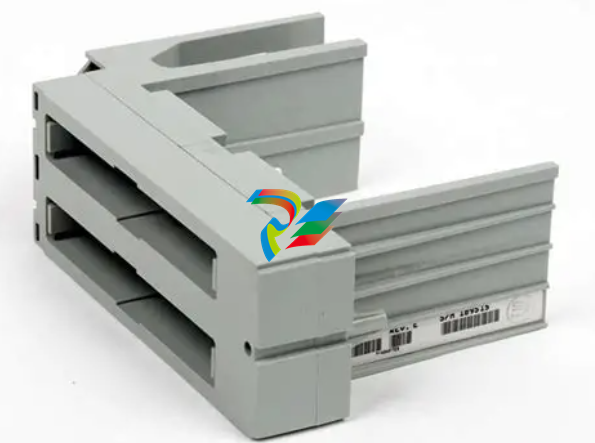
Ask the Automation Pros: What Are Your Thoughts About the Need for and Use of Simulation in Process Control?
I am pleased to learn that industry folks see the value of testing control structures before commissioning, also. Although, when I was in industry (13 years starting in 1969), control system design was intuitive, and I still believe that folks who are experienced in both the process and in control can be effective in designing without simulating. But when selling the cost/benefit of an advanced application to management or previewing/fine-tuning a holistic design prior to implementation, I did think that simulation would be important.
How is this simulation learned? Short courses, vendor courses, informally?
The chemical engineering undergraduate curriculum uses steady state simulators in the process design course(s). And students do intuitively optimize the design to maximize an economic profitability metric. Students are shown how to develop steady state first-principles models of individual unit operations (heat exchangers, reactors, fluid flow systems, etc.) in their sophomore and junior level courses. But rarely do they use dynamic models, and even less so perform a study of the impact of disturbances and noise on the process operation. In the process control course, they might use a Laplace transform representation of a linear, constant-gain, 3rd order fictitious process unit to represent the process. In just a few hours of instruction (about 32 per semester per course, with 50-minute courses and time-out for tests and organization requirements) teachers can only take complete novices so far!
I would think, for a relevant process control system design, simulation ability should include:
Dynamic simulation, including discrete events such as mode switching in units, piping diversions, valve by-passing for maintenance, and MAN/AUTO/REMOTE/FF in the controller.
Numerical methods: to solve ODEs, for root-finding, and for optimization.
Operating a simulation software environment, including customizing inputs and output data processing.
Calibrating model coefficient values to match the process (ambient losses, friction factor in complicated piping systems, reactivity, etc.).
Choosing fast sub-processes to be at pseudo steady state.
Including noise (on measurements), drifting influences (fuel BTU content, ambient temperature, rain, fouling, raw material composition. etc.) and calibration error (i/p, valve stem, sensor/measurement, drift, failure, etc.)
Using long simulation times with the stochastic influences to evaluate the probability and degree of specification and constraint violation.
Start-up and shut-down and operation throughout the entire production and product range.
Batch and Continuous.
Using transition time to move to a desired operating point and penalty for violations to evaluate process economics and using control system devices to evaluate the cost and maintenance expenses of design choices.
Investigating controller action (too aggressive or too sluggish) over the entire operating range.
Understanding the economic assessment of the process in the business context, and desired results when throughput constrained and unconstrained.
Because including noise and continually changing disturbances has been important in my research on nonlinear controllers, I included methods in my new ISA book, “Nonlinear Model-Based Control Using First-Principles Models."
I think that such is far from being teachable in an undergraduate degree program.
Again, how is it learned? Does this indicate an opportunity for an ISA training course?
Bran Hrankowsky’s follow-up
So to be clear: I am NOT advocating anyone stop using simulation. If it adds value, do it! i.e. this is one time where I am not arguing with anyone.
All the uses folks have mentioned are all great uses. We use it for initial training and offline testing extensively. A key practice is to demo the batch processes to the process engineers, operations and manufacturing scientists before investing in our regulatory required testing efforts with the actual application and graphics. Our startups would be a miserable failure if didn’t show up with software that could a t least run offline with some basic tie back simulations. (nothing like finding competing interlocks in the field….).
Were you on the ISA panel discussion (2008?) where the topic was about what schools should teach. There were three university professors and three hiring managers discussing the two different views. I can’t remember if I said it out loud during the session or to one of the professors after that it would be nice if the education on each unit op included the considerations you mentioned below and the typical control strategies (see the process control and optimization handbook). Maybe the aspen models that are created for homework should include parts and pieces of sequencing and control strategy implementations?
I am finding that the variation in controls education has grown significantly since I graduated in 2001. Setting aside that my degree is in controls…We have some engineering graduates coming in WITH NO CONTROLS COURSE OR INSTRUCTION AT ALL and others who don’t have practical application under their belt but have a good understanding of topics like gain schedules, gain arrays, feedforward, etc. and every level in between.
.jpg)

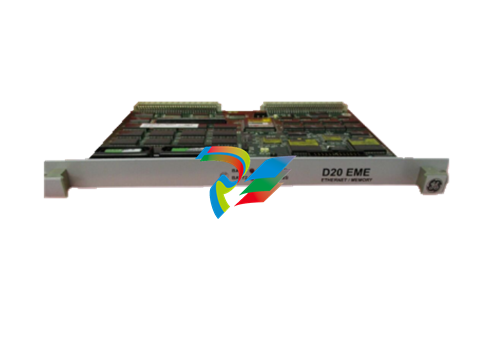
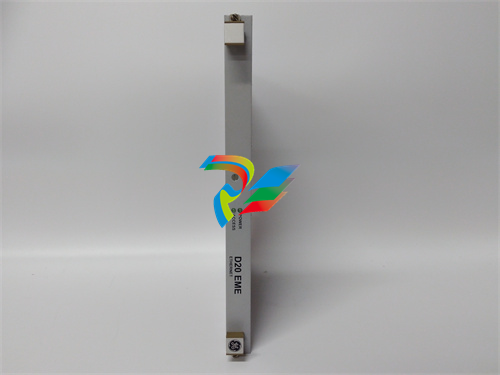
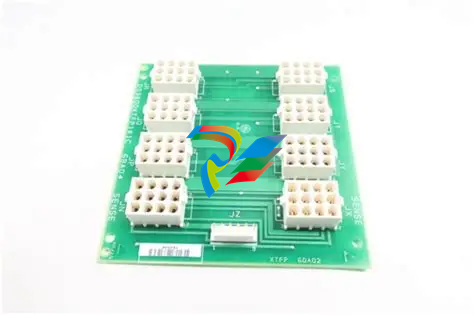













































.jpg)
.jpg)





.jpg)



.png)
.jpg)

.jpg)
_lVjBYb.jpg)

.jpg)
.jpg)



.jpg)
.jpg)







.jpg)

.jpg)
.jpg)






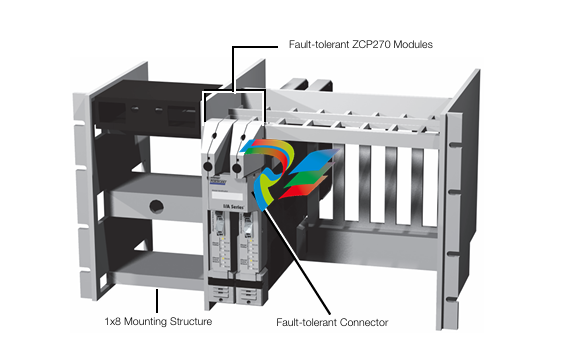

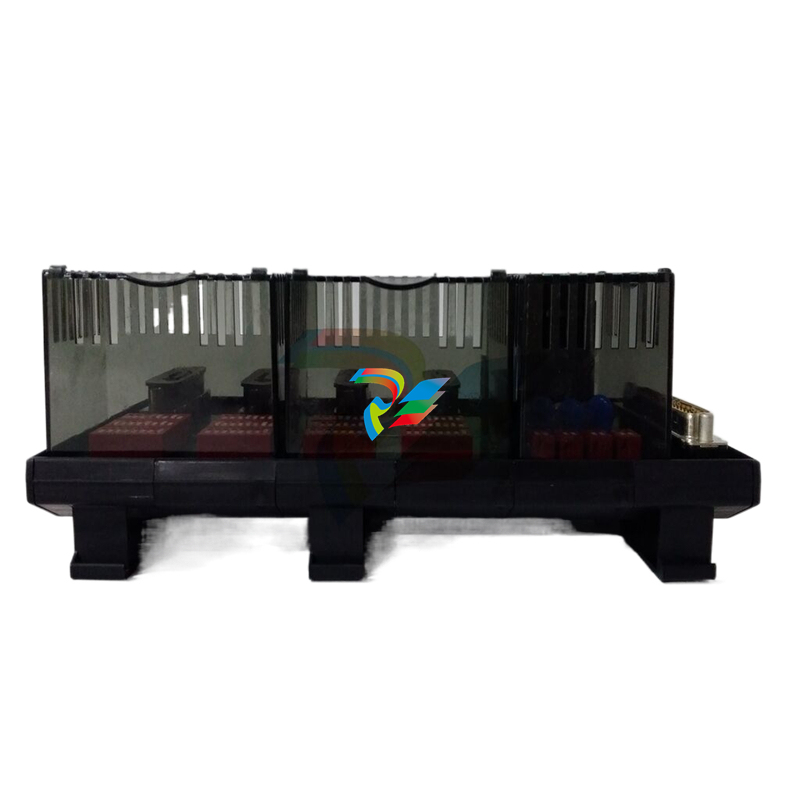
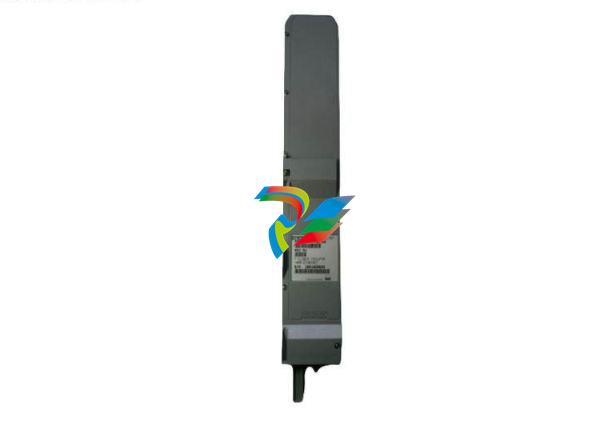

.jpg)


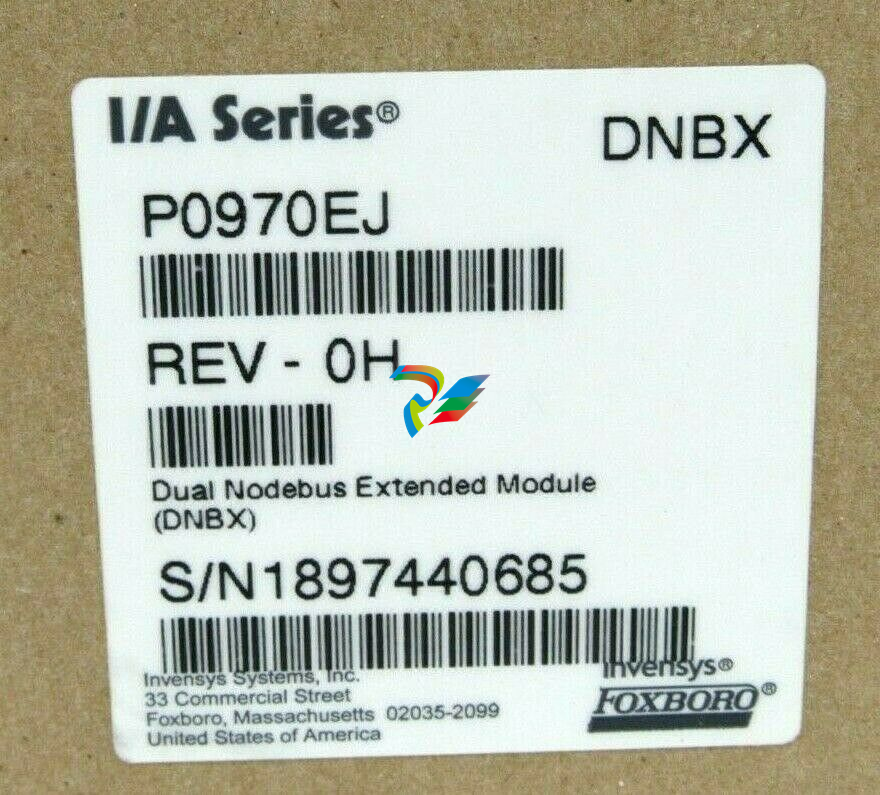

.jpg)
.jpg)
.jpg)
.jpg)
.jpg)
.jpg)
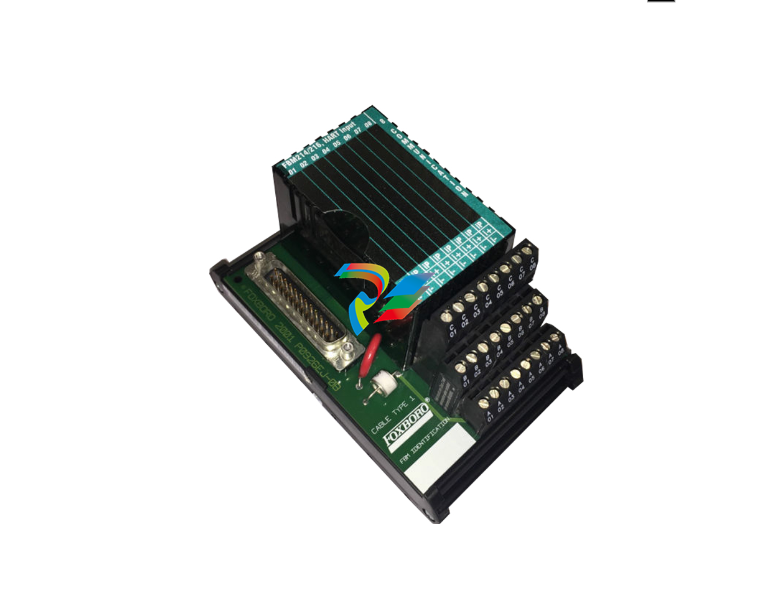
.jpg)
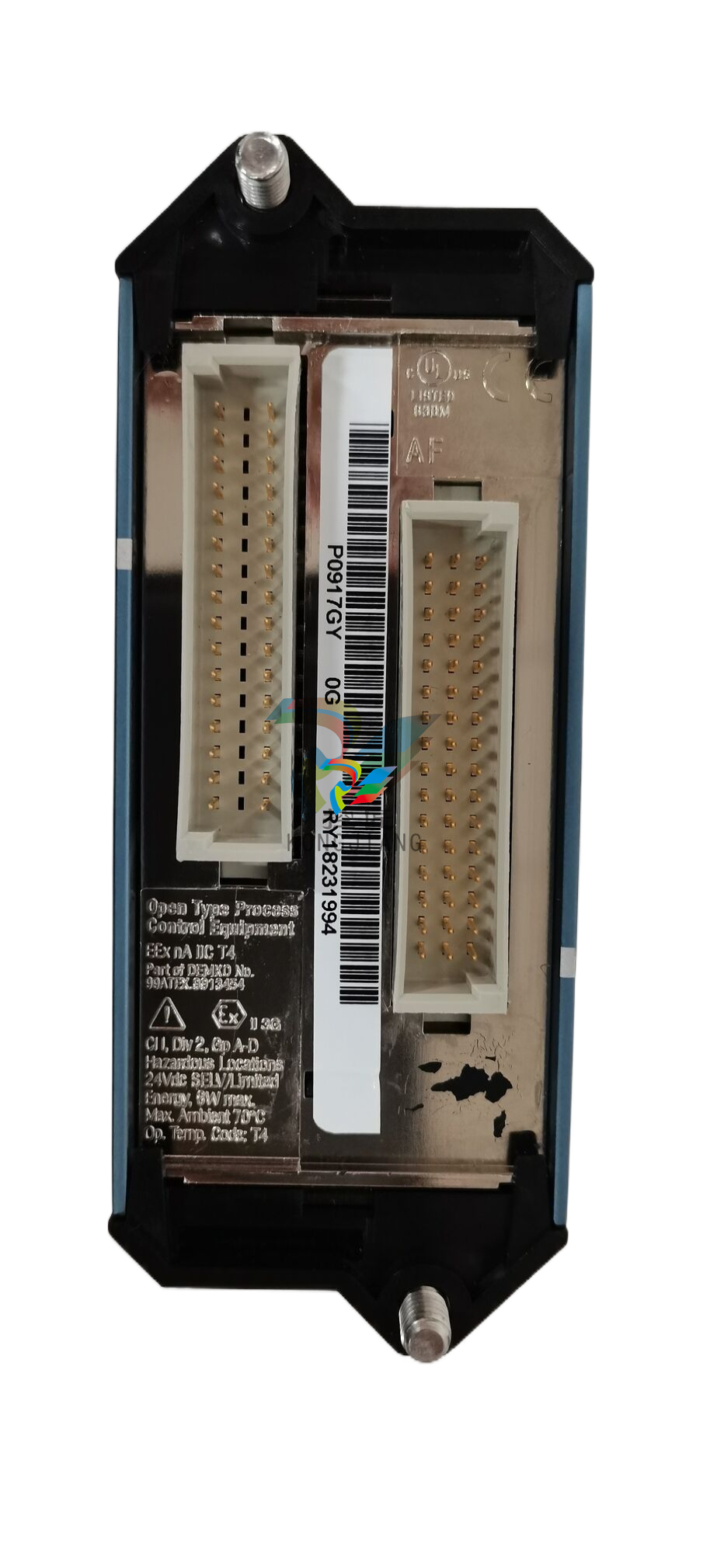
.jpg)
.jpg)
.jpg)
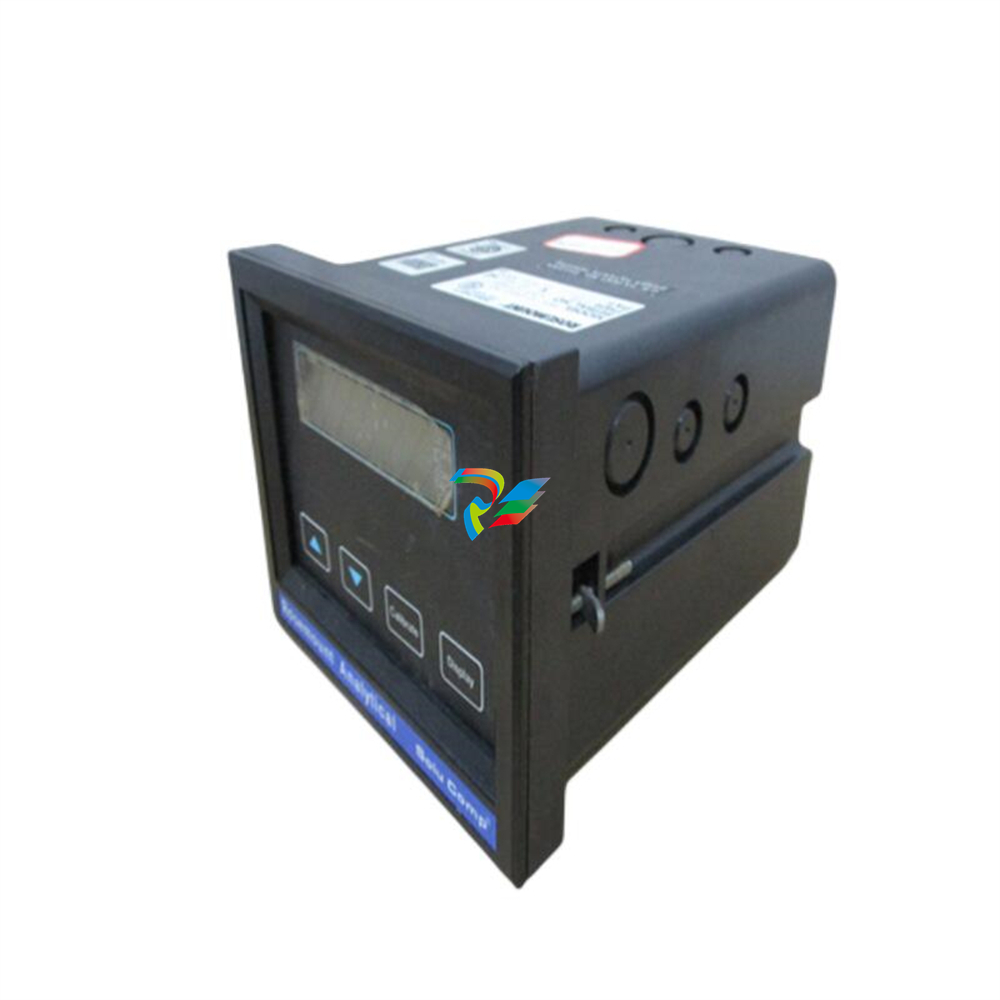
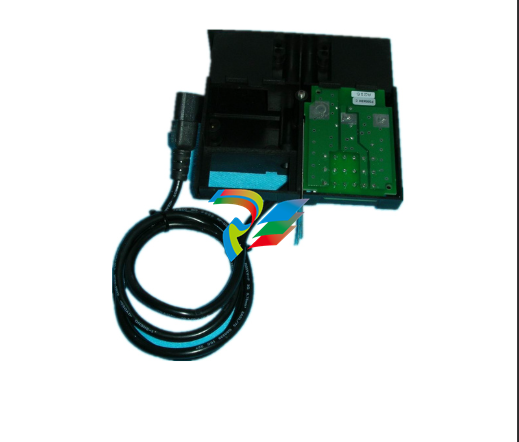
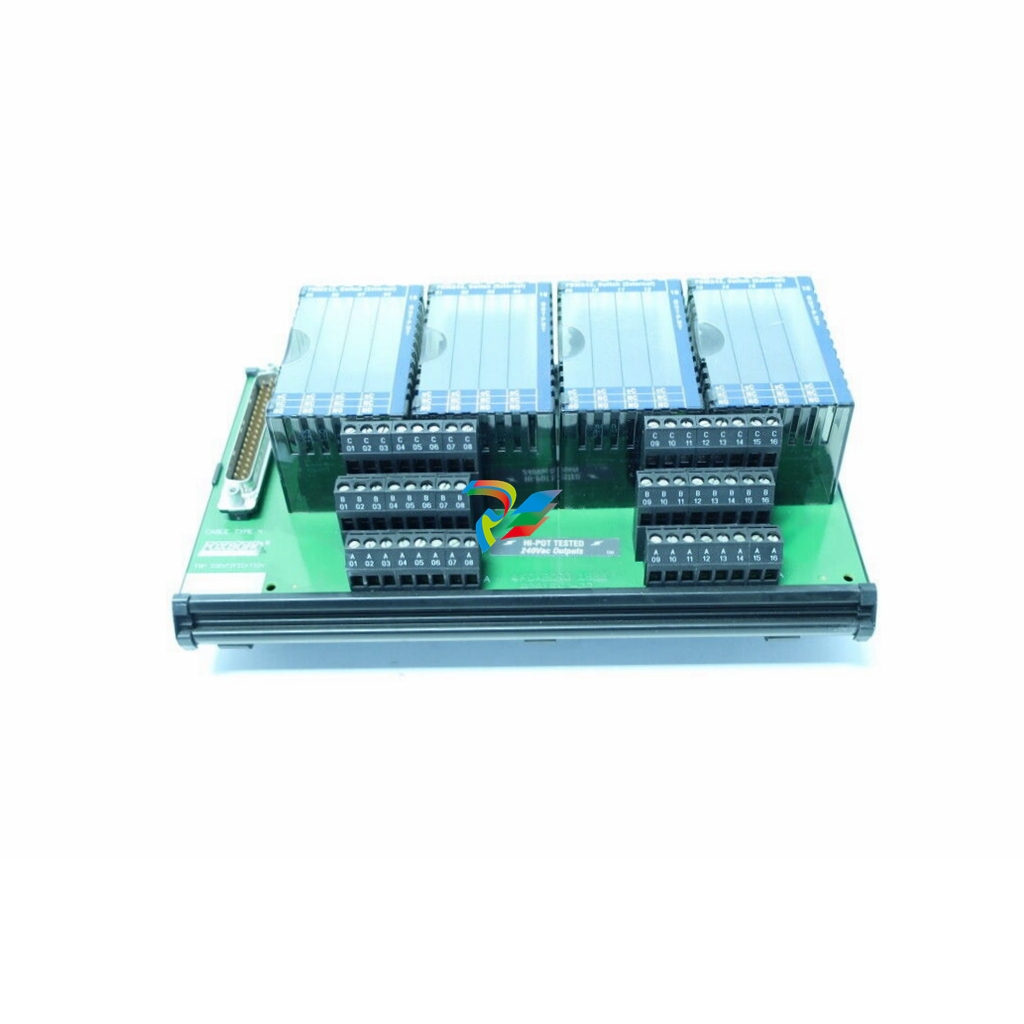

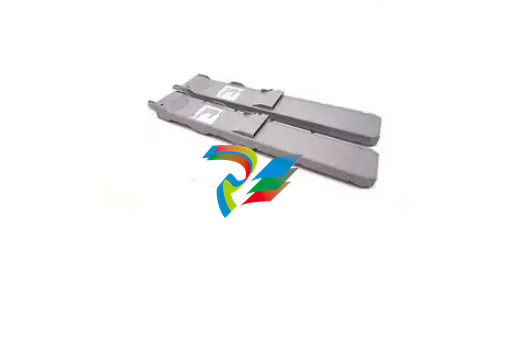
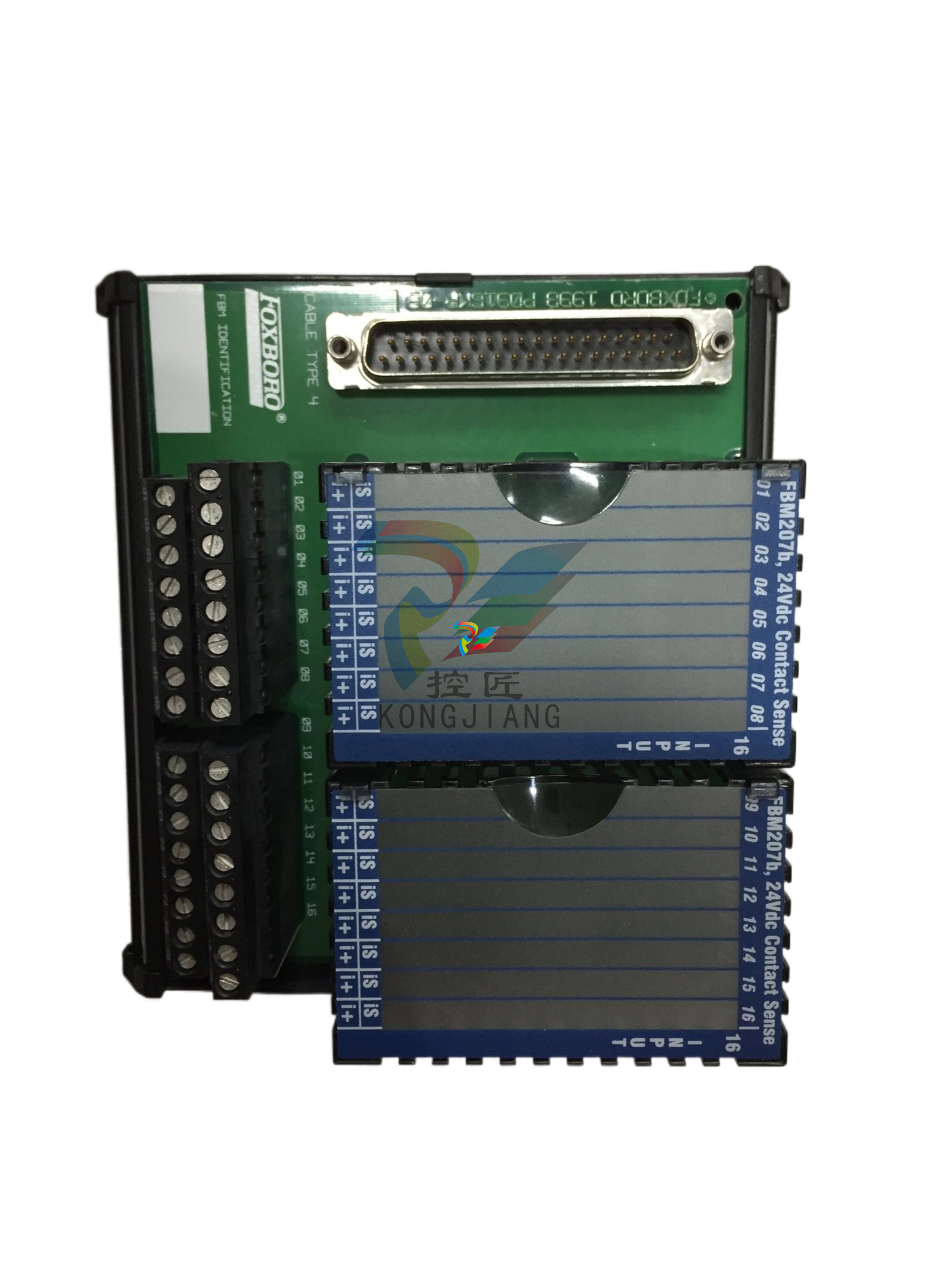
.jpg)

